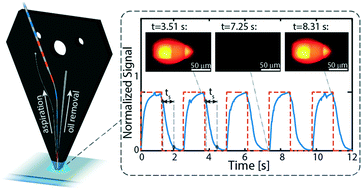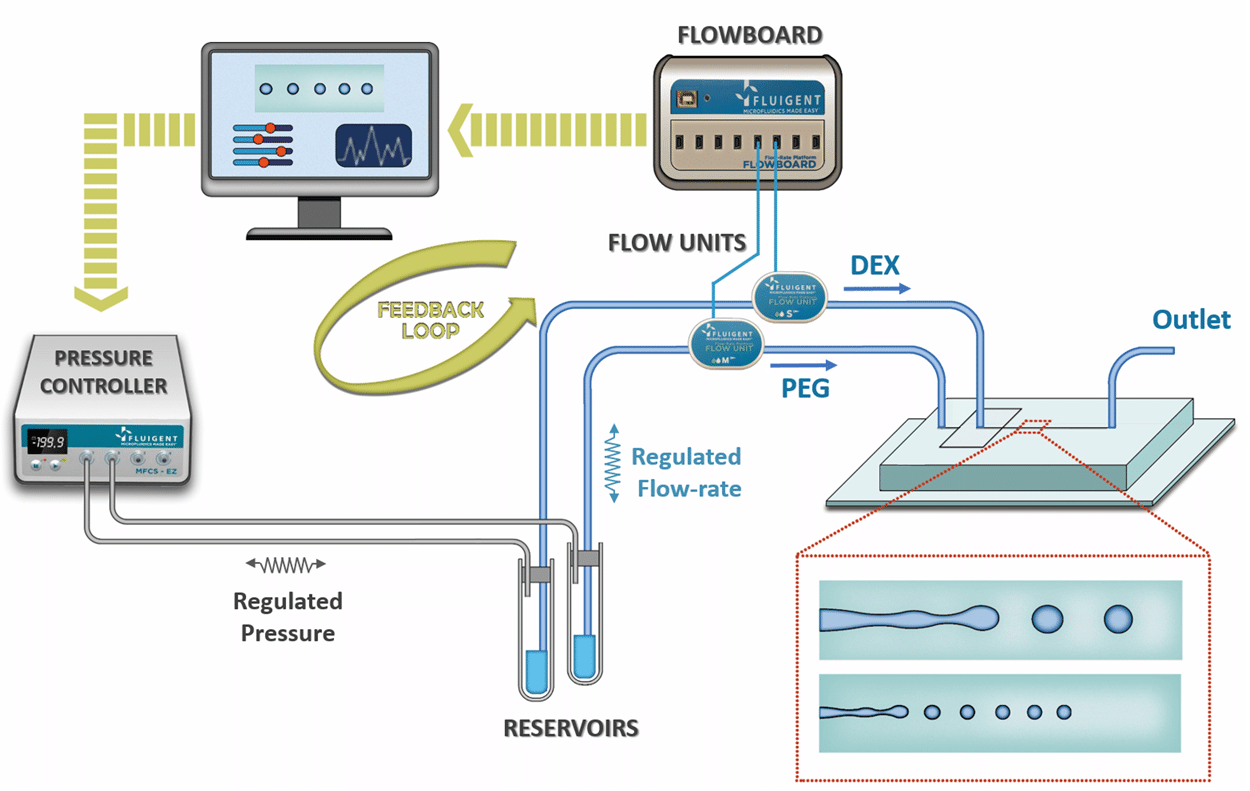Microbead-based microfluidics (droplet-based microfluidic using specific gel as dispersed phase) is a powerful technic which…

Publication from Israel on surface chemistry
Delivery of minimally dispersed liquid interfaces for sequential surface chemistry
By N Ostromohov, M, Bercovici and G. V. Kaigala, from the Faculty of Mechanical Engineering, Technion and IBM Research., Zurich.
“We present a method for sequential delivery of reagents to a reaction site with minimal dispersion of their interfaces. Using segmented flow to encapsulate the reagents as droplets, the dispersion between reagent plugs remains confined in a limited volume, while being transmitted to the reaction surface. In close proximity to the target surface, we use a passive array of microstructures for removal of the oil phase such that the original reagent sequence is reconstructed, and only the aqueous phase reaches the reaction surface. We provide a detailed analysis of the conditions under which the method can be applied and demonstrate maintaining a transition time of 560 ms between reagents transported to a reaction site over a distance of 60 cm. We implemented the method using a vertical microfluidic probe on an open surface, allowing contact-free interaction with biological samples, and demonstrated two examples of assays implemented using the method: measurements of receptor–ligand reaction kinetics and of the fluorescence response of immobilized GFP to local variations in pH. We believe that the method can be useful for studying the dynamic response of cells and proteins to various stimuli, as well as for highly automated multi-step assays.”
These experiments were made possible with the use our pressure-driven flow controller pump and our M-SWITCH™ valve.
For more information, doi:10.1039/C6LC00473C or Lab Chip, 2016,16, 3015-3023.



